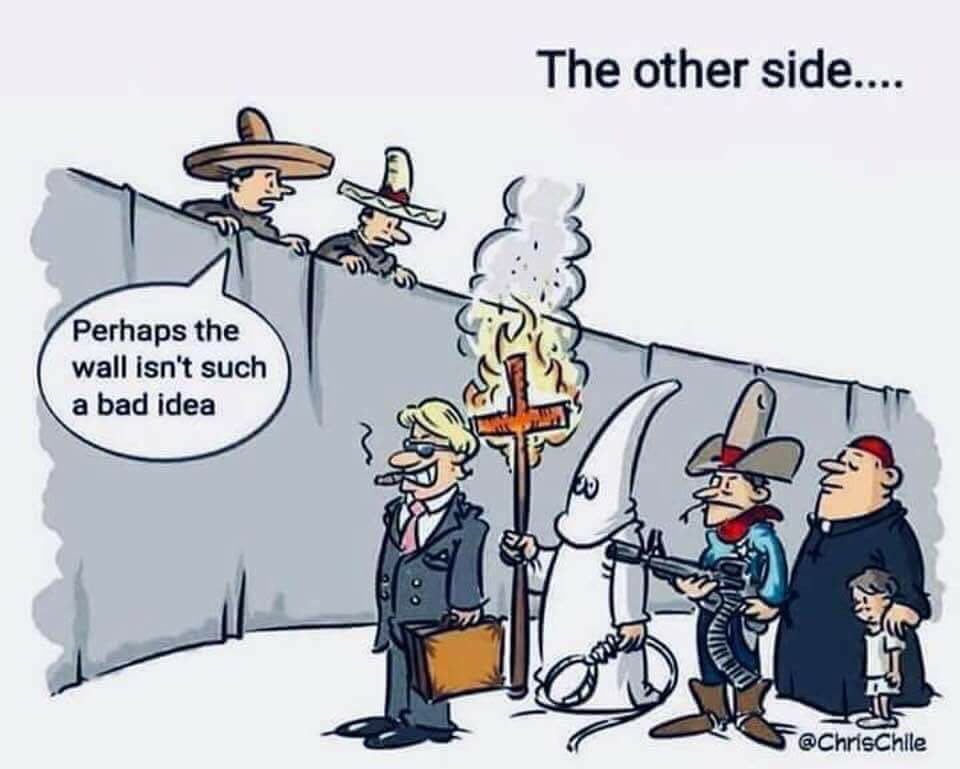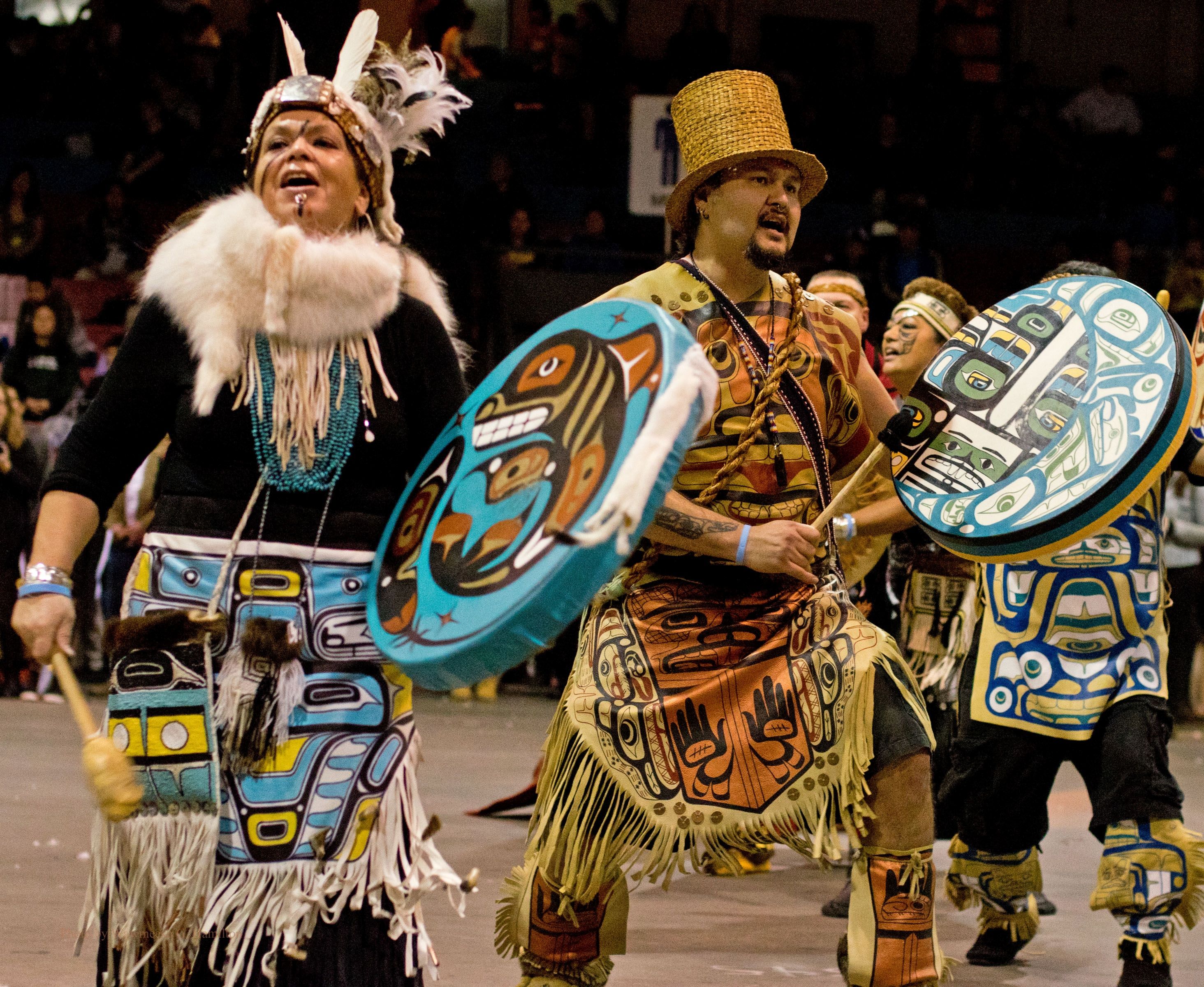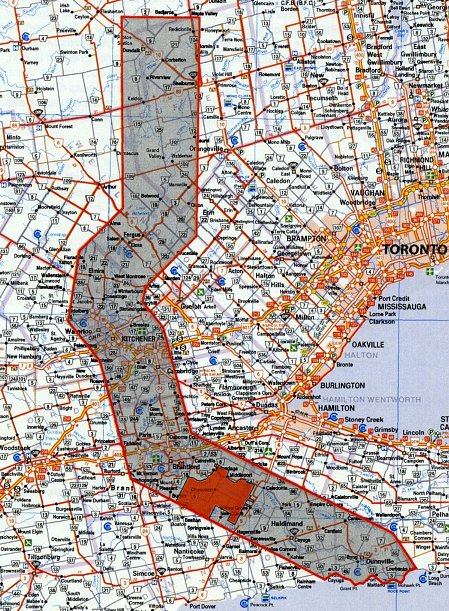 We left off our saga of Justin and the Beanstalk with the young wunderkind's triumph over the giant ogre (Prime Minister Harper), as he swept away the broken democratic shards littering his kingdom in the sky, to the cries of joy from the Canadian peasants. Justin began energetically fulfilling at least some of his many promises. He rejoined the Paris Agreement on Climate. Scientists breathed a sigh of relief as their withered vines received nourishment after 10 years of drought, and the muzzle on their right to speak about the perils of global warming was removed.
We left off our saga of Justin and the Beanstalk with the young wunderkind's triumph over the giant ogre (Prime Minister Harper), as he swept away the broken democratic shards littering his kingdom in the sky, to the cries of joy from the Canadian peasants. Justin began energetically fulfilling at least some of his many promises. He rejoined the Paris Agreement on Climate. Scientists breathed a sigh of relief as their withered vines received nourishment after 10 years of drought, and the muzzle on their right to speak about the perils of global warming was removed.Justin's first budget had goodies for just about everyone, including a (small) increase on taxes on the rich. His finance minister Morneau proposed a $2-billion Low Carbon Economy Fund to help the provinces meet Canada’s climate change targets to reduce the heat-trapping greenhouse gases so beloved by the ogre’s friends in Alberta, with plans for a carbon tax to allow 'green growth' (surely an oxymoron, but at least green is no longer a bad word).

 Iran's Supreme Leader Ayatollah Ali Khamenei slammed the Trump administration on Wednesday over the U.S.'s policy of separating migrant families who cross the border illegally for prosecution and detainment. I add my two cents.
Iran's Supreme Leader Ayatollah Ali Khamenei slammed the Trump administration on Wednesday over the U.S.'s policy of separating migrant families who cross the border illegally for prosecution and detainment. I add my two cents. Transition from the Indian Act to Aboriginal self-government
Transition from the Indian Act to Aboriginal self-government  Six Nations, southwest of Hamilton Ontario, is the largest reserve in Canada, with 27,000 members, though only 12,000 live on the reserve. It is a mini-multicultural nation, the only reserve in North America that has all six Iroquois nations living together.
Six Nations, southwest of Hamilton Ontario, is the largest reserve in Canada, with 27,000 members, though only 12,000 live on the reserve. It is a mini-multicultural nation, the only reserve in North America that has all six Iroquois nations living together.
 http://www.farsnews.com/newstext.php?nn=13961213001943
http://www.farsnews.com/newstext.php?nn=13961213001943



